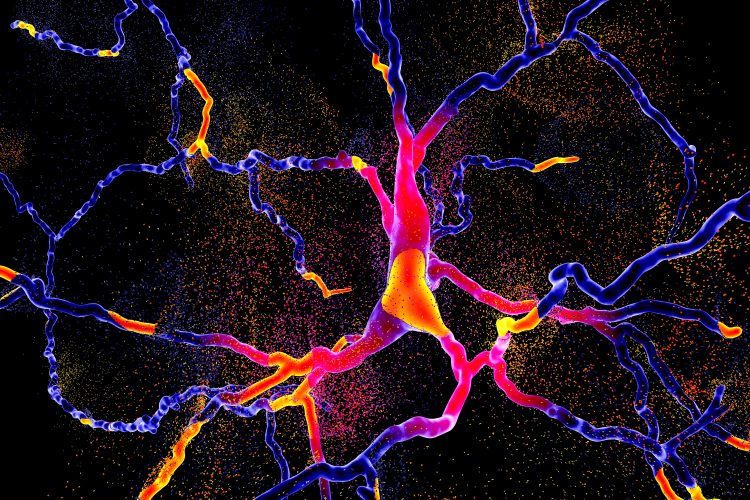NINDS awards Sinopia $3.3m for development of Parkinson’s drug candidate
Posted: 29 September 2021 | Anna Begley (Drug Target Review) | No comments yet
Sinopia has been awarded a $3.3 million Fast-Track SBIR grant to fund the study for its small molecule candidate for Parkinson’s disease.


The computational drug discovery company Sinopia Biosciences, US, has recently announced that the US National Institute of Neurological Disorders and Stroke (NINDS), part of the National Institutes of Health (NIH), awarded a $3.3 million Fast-Track SBIR grant to fund investigational new drug (IND)-enabling studies for Sinopia’s small molecule candidate for Parkinson’s disease (PD).
The proprietary small molecule, known as SB-0107, works by modulating a target downstream of D1 receptors and was identified using Sinopia’s Learn And Discover (LEADS) platform, a drug discovery engine driven by machine learning and multi-omics network analysis to pinpoint and prioritise targets and compounds to move into development.
NEW ARTICLE: An integrated vaccination approach to neurodegeneration
According to Sinopia, in multiple pre-clinical rodent and non-human primate studies, the small molecule drug candidate demonstrated a unique and potentially transformative pharmacology for treating the symptoms of PD. SB-0107 was also shown to treat the complications of levodopa, one of the main drugs used to treat PD, such as levodopa-induced dyskinesia.
Parkinson’s disease affects nearly seven million people worldwide and is the fastest growing neurological disorder in the world, with the number of patients expected to double by 2040″
“We are pleased to receive funding from the NIH to support the advancement of our Parkinson’s disease programme towards the clinic,” stated Dr Iman Famili, President and Chief Executive Officer of Sinopia Biosciences. “Parkinson’s disease affects nearly seven million people worldwide and is the fastest growing neurological disorder in the world, with the number of patients expected to double by 2040. It is a disease that imposes heavy burdens on patients and caregivers, particularly because current treatments are not optimal and have serious long-term liabilities with chronic use that must be addressed.”
Related topics
Drug Targets, Funding, In Vivo, Molecular Targets, Neuroprotection, Neurosciences, Pharmacology, Small molecule, Target molecule, Technology, Therapeutics
Related conditions
Parkinson's disease (PD)
Related organisations
National Institute of Neurological Disorders and Stroke (NINDS), National Institutes of Health (NIH), Sinopia Biosciences
Related people
Dr Iman Famili


